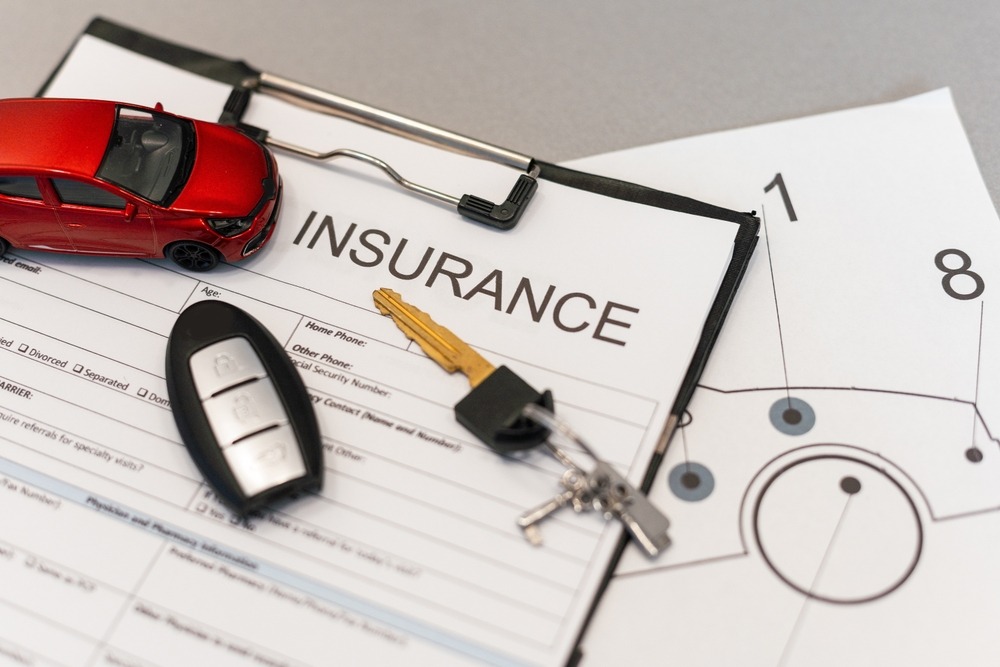
Auto insurance isn’t just a legal requirement—it’s a key part of protecting yourself financially on the road. If you’ve ever wondered why your rates are higher or lower than someone else’s, you’re not alone. Multiple factors go into how insurers calculate your premium, and many are based on your habits, location, and driving history. Knowing what affects your rate can help you make informed choices and potentially lower your costs. This article breaks down the key elements that influence what you pay for coverage, so you’re not left guessing when your next renewal hits.
Your Driving Record Plays a Major Role
Insurance providers look at your past driving behavior to predict your future risk. Your premium will likely be higher if you’ve had accidents, moving violations, or DUI convictions. Safe driving habits, on the other hand, often lead to discounts. Companies want you to follow traffic laws and avoid risky behavior behind the wheel. Even a minor speeding ticket can affect your rate, especially if it’s not your first one. You might qualify for a preferred driver discount if you’ve had a clean driving record for several years. It pays—literally—to stay safe and cautious on the road.
Where You Live and Drive Matters
Your location has a direct impact on your auto insurance rate. Living in a city with heavy traffic and higher crime rates will usually lead to more expensive premiums. That’s because your car is at a greater risk of accidents and theft. Suburban or rural areas often carry lower rates due to fewer incidents and lower population density. Even your ZIP code can make a difference—areas with high claim frequency tend to increase rates for everyone there. If you’ve recently moved or are considering a relocation, it’s worth checking how the change might affect your insurance cost.
The Vehicle You Drive Influences the Cost
Not all cars are equal when it comes to insurance. Your vehicle’s make, model, age, and safety features all factor into how much you’ll pay. High-performance or luxury vehicles often come with higher premiums because repairs are more expensive and more likely to be stolen. On the other hand, cars with strong safety ratings, anti-theft devices, and good crash-test performance tend to lower your rate. If you’re car shopping, ask your insurance provider for a quote on different models before deciding—it might help you avoid sticker shock later on.
Your Profile Also Comes Into Play
Age, gender, marital status, and credit history can affect auto insurance rates. Younger drivers, especially teenagers, usually pay more due to their lack of experience. Males often see slightly higher rates than females, particularly in younger age brackets. Being married can lower your premium, as married individuals are statistically less likely to file claims. Credit history is another major factor in many states. A higher credit score typically signals financial responsibility, which can result in a lower premium. It might feel personal, but insurers use these details to assess risk more accurately.
Plan Smart: Customizing Your Policy Makes a Difference
Auto insurance isn’t one-size-fits-all, and your policy should reflect that. Customizing your coverage ensures you’re not overpaying for things you don’t need—or worse, underinsured when something goes wrong. Whether you want full coverage, liability only, or add-ons like roadside assistance and rental reimbursement, an experienced insurance provider can help you build a policy that fits your situation. It’s essential if you’ve had recent changes, like a new car, a change in commute, or adding a new driver to your household. The right coverage can protect your budget and peace of mind at the same time.
Let’s Make Sure You’re Covered the Right Way
Auto insurance doesn’t have to be confusing or expensive. If you’re unsure whether your current policy fits your needs or want to explore ways to lower your premium, we’re here to help. At Koda Insurance Services, we offer tailored solutions based on your unique driving habits, location, and risk factors. Call us at (619) 600-5550 to discuss your coverage options and make sure you’re driving confidently.




